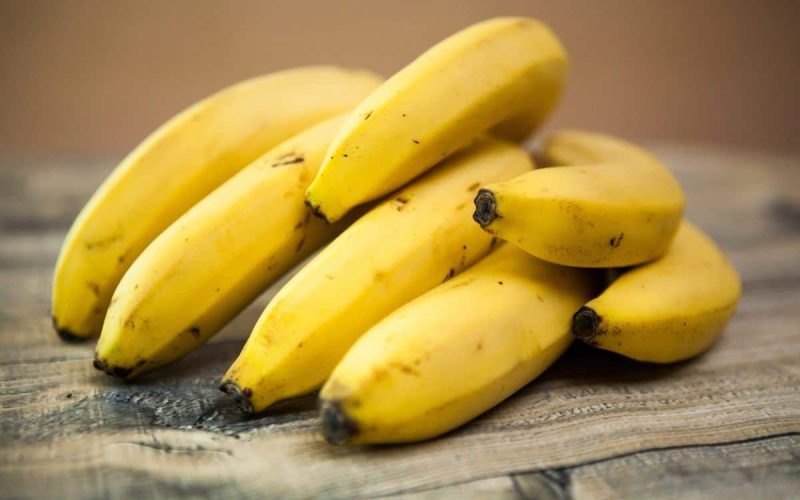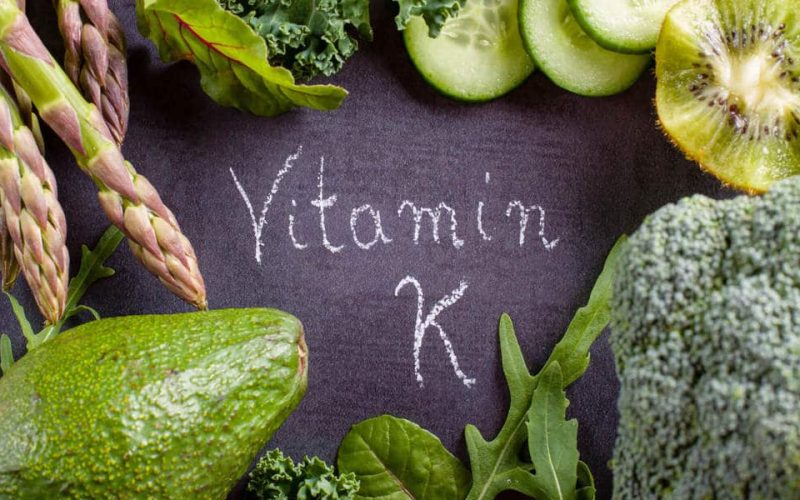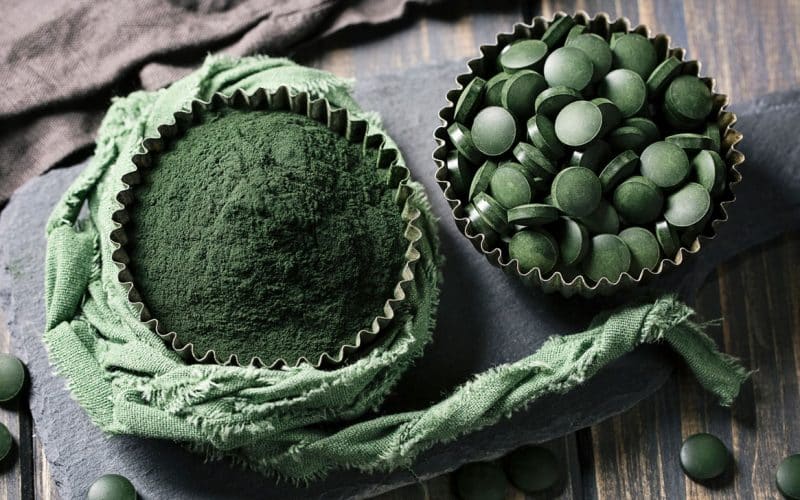Bananas are considered a happy fruit, and almost everyone I know loves them. But, this nutritious and greatly loved fruit can cause allergic reactions in some people.
Banana allergy isn’t an allergic reaction to all of the banana, but an allergy to a particular protein found in the fruit. This allergic reaction usually ranges from mild cases to potentially life-threatening cases.
Any adult or child who shows symptoms of allergic reactions to bananas must have a medical evaluation done to check their risk factors anaphylaxis, and allergies to other substances.
Incidence
Banana allergies are not too common, and just like other allergies, this occurs mainly when the immune system overreacts to substances that are otherwise not harmful.
The symptoms people experience for different allergies differ from individual to individual. While some people only experience mild skin reactions or irritations, some others will experience anaphylaxis, which is a life-threatening allergic reaction.
People who deal with a banana allergy are more vulnerable to different other allergies to substances that probably have no connection with bananas. There are two reasons why this is true:
Firstly, an allergy is proof that you have an over-reactive immune system that may cause some reactions to other substances that appear to be completely harmless.
Secondly, the proteins that are present in bananas have some similarities to proteins found in some other natural substances, especially latex, which is a raw material for may regularly used items such as balloons, hygiene gloves, and condoms.
Banana allergies are relatively rare as earlier mentioned, and that explains why they do not rank among the most common allergies. Interesting to note is how in most areas of the world, below 1 percent of the population suffers a banana allergy.
However, individuals who have allergic reactions to substances that contain proteins like those found in bananas are at a higher risk.
Risk factors
A person is at risk of having a banana allergy if they have been confirmed to be allergic to latex, other fruits or vegetables.
Other risk factors for people with banana allergies, as well as for those allergic to other kinds of food, include the following:
- An allergy to anything else, including pollen, foods, and plants
- A family history of allergies, especially to bananas
- A history of eczema or atopic dermatitis
- Having asthma
- A history of oral allergy syndrome with any foods
Symptoms of banana allergy
The expected symptoms of banana allergies will greatly depend on the type of allergy an individual has. There is also a chance that symptoms can change over time.
An allergy that is considered to be relatively minor, known as oral allergy syndrome (OAS), usually happens when the banana gains contact with the skin in the mouth, lips, and throat.
OAS occurs mainly due to the presence of protein in any fruit or some other plant material that is like what can be obtained from pollen. OAS is not so mild and often gets worse during allergy season.
The symptoms of OAS include:
- A rash or sores on the mouth, lips, or tongue
- Swelling of parts of the mouth or throat
- In rare cases, anaphylaxis
While the symptoms of OAS sometimes tend to appear immediately after eating your banana. There are other forms of banana allergy that can also cause anaphylaxis and that mostly appear immediately following banana consumption.
Also, there are some people who have reported to experience gastrointestinal distress after eating a banana and babies may have some painful diaper rash as symptoms of banana allergy.
Adults may have some sores on and around their rectum when the proteins from already digested banana come in contact with their skin.
Some individuals, especially growing children and infants, may have reactions in the form of a red rash after eating bananas and any other acidic fruits. This reaction is not an actual allergy but a simple skin irritation from eating the acidic fruit.
A quick clean of the mouth and face immediately after they eat the fruit can help to reduce or completely eliminate symptoms of irritation.
Banana allergy in infants
For infants, the symptoms of a banana allergy are very similar as they are for grown people and young children.
Whatever you have to introduce new foods to an infant, it is important that you do so with caution, especially with foods that commonly cause allergic reactions such as peanuts.
If you notice that your child has eczema or another allergy, there is a greater risk of a severe allergic reaction to other foods.
However, it is recommended that you introduce common food allergens (inclusive of soy, chestnut, eggs, peanuts, and tree nuts) to your child even they are about 5 ½ months old or before they reach 7 ½ months.
A further delay in the introduction of these kinds of food will increase the chances of your child having a food allergy.
Parents and guardians should must monitor their infants and young kids for any signs or symptoms of an allergic syndrome known as food protein-induced enterocolitis syndrome (FPIES).
Kids who have FPIES usually develop severe gastrointestinal problems, including diarrhoea and vomiting 2–3 hours after consuming an allergen. Blood allergy tests are very unlikely to diagnose the above condition.
Many babies and young children who have FPIES initially show some signs of allergies to formula or breast milk.
FPIES usually causes some allergies to different foods when children who have it eventually begin to adult food, though soy and dairy are among the most common triggers of FPIES.
Children who have this disorder often need to be food with a limited diet, and when left untreated, FPIES can lead to severe dehydration and malnourishment.
Other foods that should be avoided
The proteins in a banana are very similar to those that are found in many different fruits and vegetables.
So, if you notice that your child or someone else has a banana allergy, it is vital for them to get an allergy testing done to know what kind of foods they can and cannot safely eat.
A cross-reaction to banana has also been discovered in people who are allergic to ragweed, most especially during the ragweed pollen season that comes during the late summer and fall.
Apart from banana, some other foods that a person who has a banana allergy may have to avoid include;
- Kiwi
- Avocado
- Tomato
- Papaya
- Potato
- Bell pepper
- Chestnut
People who have a banana allergy are also very likely to have an allergy to products made from latex. And in almost every common product that we use daily, latex is an ingredient. Such a person may want to consider avoiding hygiene gloves, balloons, and certain condoms.
Anyone who may feel concerns must tell his/her doctor about any case or history of banana allergies before they begin the use of latex products, and they should also consider testing for a latex allergy.
The interesting part of banana allergy is that many people who are allergic are still able to eat a banana when cooked without having any symptoms.
This only happens because the allergen protein usually disintegrates when the banana is properly cooked.
This means that It may not be necessary that you avoid cooking foods that contain bananas, but we cannot advise that you eat them as only an allergist have the ability to provide you with accurate, individualized details about the risks you may be exposed to.
When to see a doctor
Banana allergies are uncomfortable but often treatable, however, not all the rashes and signs of irritation you notice are due to any form of allergies.
This means that you need to do an allergy testing to be sure, as it can help to determine what the right treatment for the rash or reactions is, as well as completely rule out any other potential health conditions.
A person has to report any signs of an allergic reaction to a medical practitioner who may then refer them to an allergist if he/she cannot handle the situation.
Infants who get a rash after consuming a banana may be at a high risk of anaphylaxis. It is vital that a parent or caregiver calls a doctor immediately when they notice their babies or children show any signs or symptoms of an allergic reaction.
Swelling of the throat, loss of consciousness, difficulty breathing, and other serious allergy symptoms can potentially be life-threatening emergencies, so it is important to call 911 or your local emergency number when you notice any of the above.
Your doctor may prescribe someone who has an epinephrine injection pen (EpiPen) to help with the reduction of risk from dangerous symptoms in the future.
The conclusion
More than a quarter of children with allergies usually outgrow their allergies, so there is a possibility that a child who suffers a banana allergy may grow up to eventually be able to eat bananas without worrying about any dangers.
Kids who only suffer mild allergic reactions are more likely to outgrow a banana allergy. However, no study has specifically investigated people outgrowing banana allergies.
Banana allergies can be very uncomfortable, but the good part is that bananas are easy to avoid. It is not wise for people to assume that their banana allergies are not harmful, or that they will go away as they grow older.
Even what you may consider as a minor banana allergy can develop to become a more severe case or cause a serious reaction.
There are other fruits that are great for consumption if you have been diagnosed with a banana allergy. Please see a doctor and a nutritionist for advice on other available fruit options that you will not react to.
Let us know if you have heard of a banana allergy before now, or if you have experienced one yourself. Do so leaving a comment in the comment section below.










